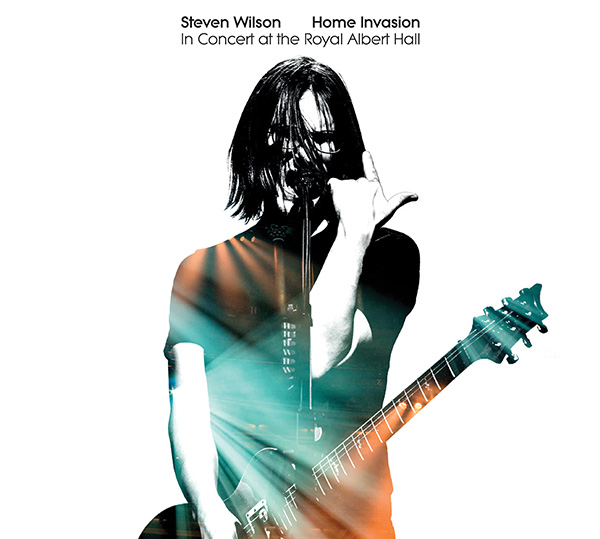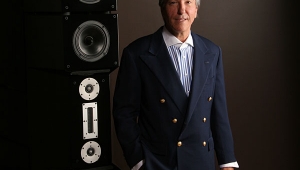| Columns Retired Columns & Blogs |
I love Steven Wilson remixes, all formats.
If every producer would do it as good as he does, Dolby Atmos for music would be a great success.
Over the decades, I’ve gone through all the paces of surround sound, only to come back to stereo in the end.
The disappointing thing is:
The audio engineers don’t have a clue how to use more than stereo.
Specially, in Classical typically it’s simply a bad joke what do you get from the surround channels - some faint alibi room sound, that’s it.
Does that justify to install five more speakers in the room?













































